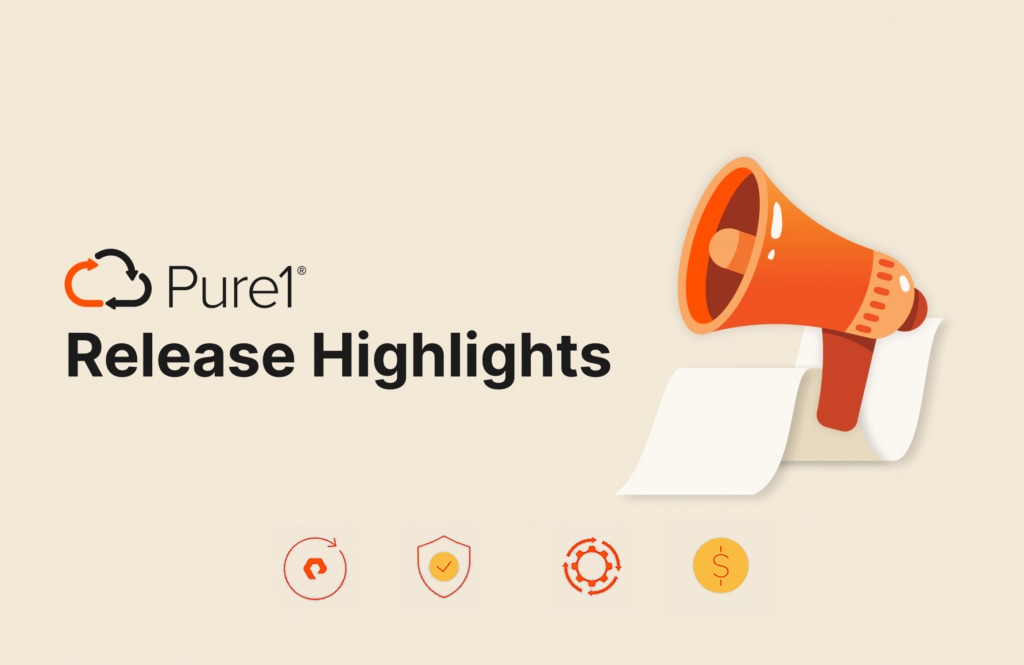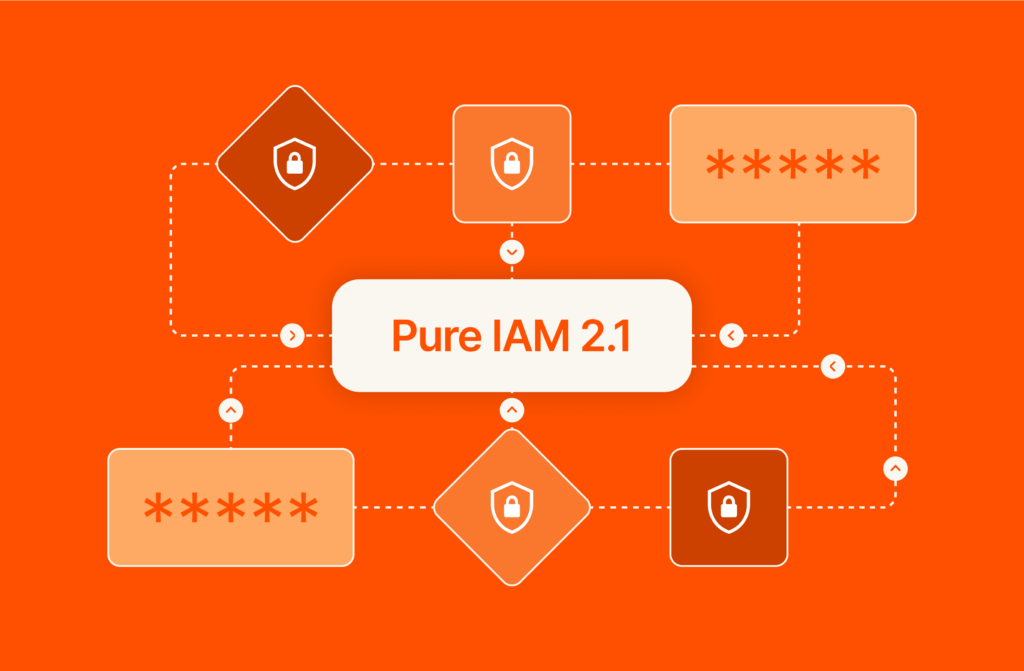When was the last time you purchased a software package with CD-ROMs? Chances are it has been a while! Just as CD-ROMs have gone the way of the eight-track tapes, so have the antiquated ways that companies purchase packaged software from independent software vendors (ISVs) and pay an upfront license fee. Digital transformation has been the major catalyst for corporations to modernize their IT approach, embrace digital technology, and focus on what matters most for their customers.
More and more companies are purchasing and consuming application software through hosted monthly Software-as-a-Service (SaaS) subscription models. The benefits that SaaS offers, such as pay-per-use, scalability, flexibility, a ready-to-move environment, hassle-free maintenance, and support, are indisputable. According to IDC, SaaS has become the dominant force in cloud, accounting for more than 60% of total cloud software revenue by 2022.
The digital transformation has also led to a major shift in the expectations of technology-savvy B2B customers, driven by their own experience as consumers and the mobile workplace. They now expect an exceptional and seamless experience. They expect that any feedback they provide their software vendors will be taken seriously and addressed with the next software release. And they expect great UX, with uninterrupted availability and fast response times from their SaaS vendors. Most importantly, they expect their user data and transactions to be protected and secure from any data breaches. Any lapse in meeting these expectations can lead to serious customer attrition and damage to the vendor’s reputation.
So, how have ISVs responded to the challenges of this changing landscape? Many ISVs are in the process of embracing the digital transformation themselves. This requires a fundamental change to their business models, with a move from the traditional packaged software model to one that provides a SaaS offering. This transition to SaaS requires ISVs to go beyond their traditional comfort zone, to develop “new muscles,” and to evaluate all aspects of their business from application development to building new sales models. With this development, operational and business model risk is carried by the ISV while still fending off established and new competitors. For example, ISVs need to transform their legacy architecture, and code and optimize for scale. Organizationally, the ISV’s application development teams need to be agile to enable quick time to market with new features, and quick responses to changing customer needs. In this new landscape, pricing models will also need to be overhauled from the conventional model to a subscription-based pricing model. This pricing change will impact how revenue is accrued and how success is measured. Most importantly, ISVs now have more skin in the game and need to pay close attention to the quality of their service delivery and meet or exceed the terms of their service level agreements. Lastly, with the advent of Big Data, ISVs have an opportunity to gain deeper insights, optimize their service offerings, and unlock new revenue streams by using business intelligence and data analytics capabilities.
Today infrastructure plays a crucial role as the foundation on which to build a successful SaaS business. Do you work for an ISV that is currently undergoing this SaaS transition, and are you looking for guidance on how to de-risk your business model transformation?
For the inside scoop on how to accelerate and de-risk the journey to SaaS, to see how data management and innovation accelerators play a role in transformation, and to see metrics for a successful transition, read the SaaS IDC whitepaper.
Learn more about SaaS solutions powered by Pure and schedule a demo today.
Pure’s Satmetrix-certified Net Promoter Score (NPS) of 86.6 continues to demonstrate the work we put in to communicate with and serve our customers.





